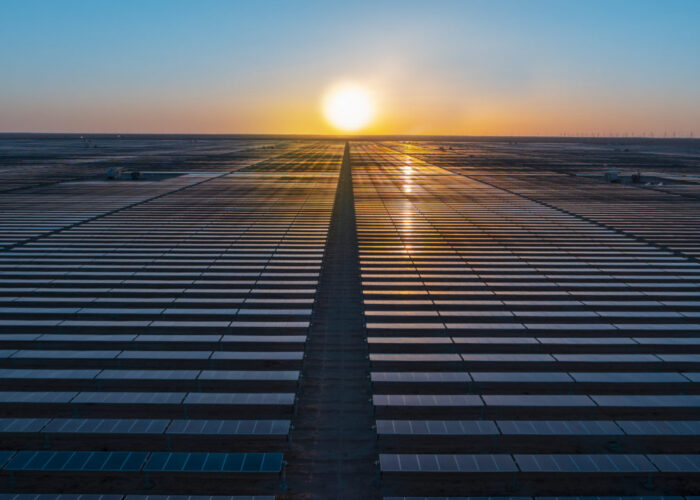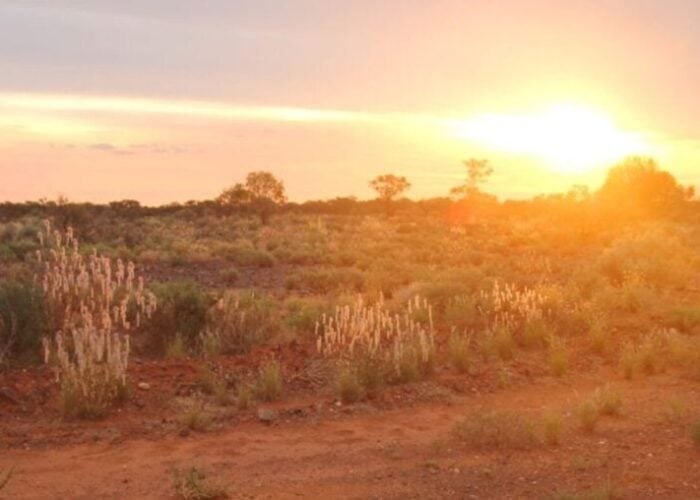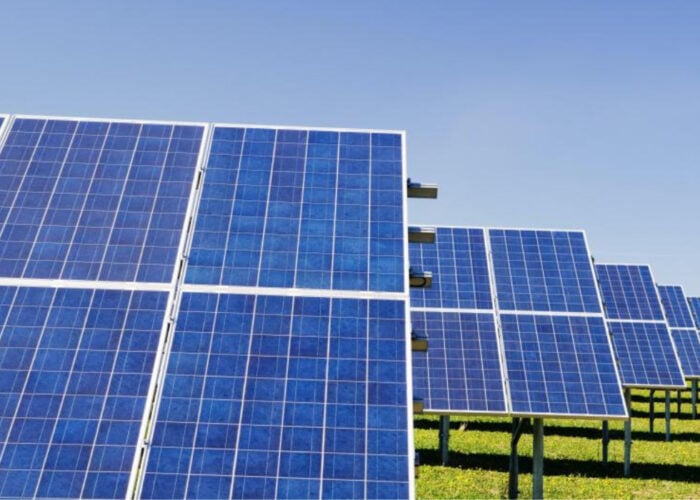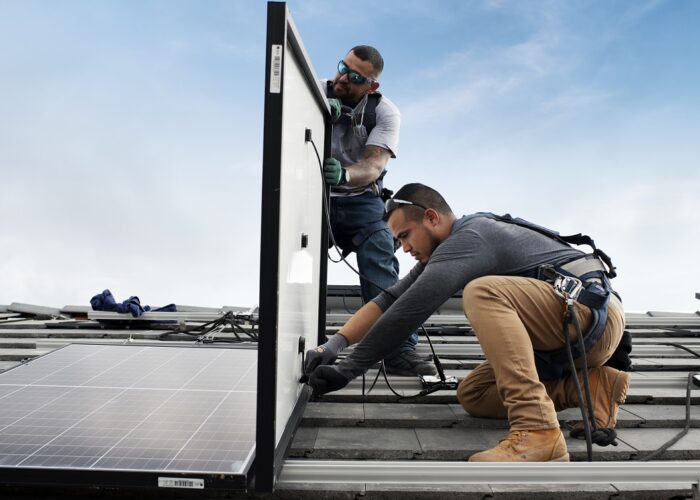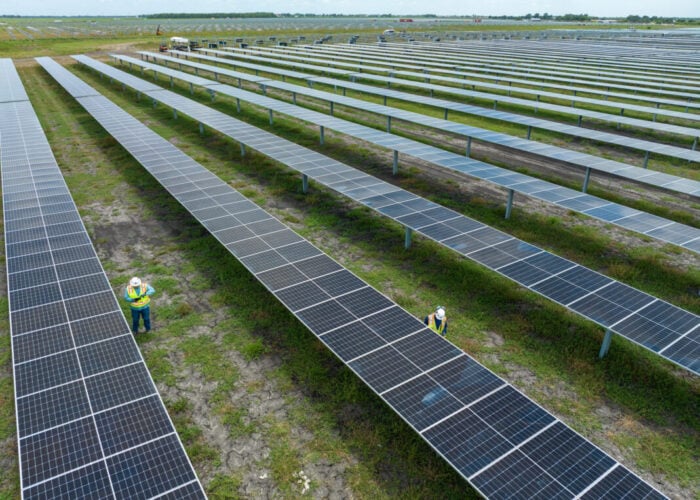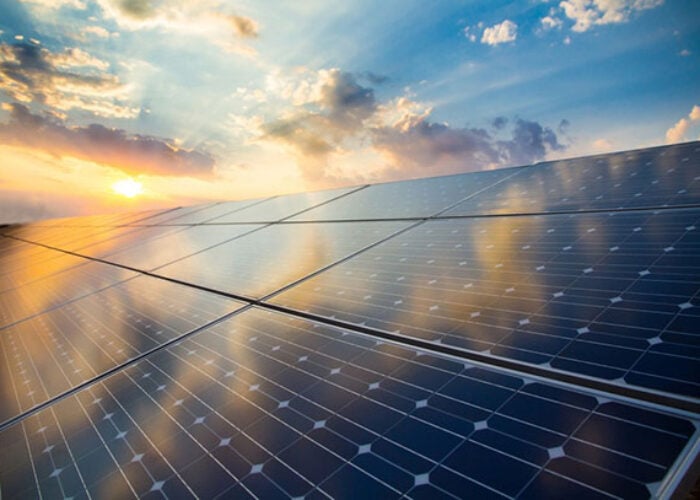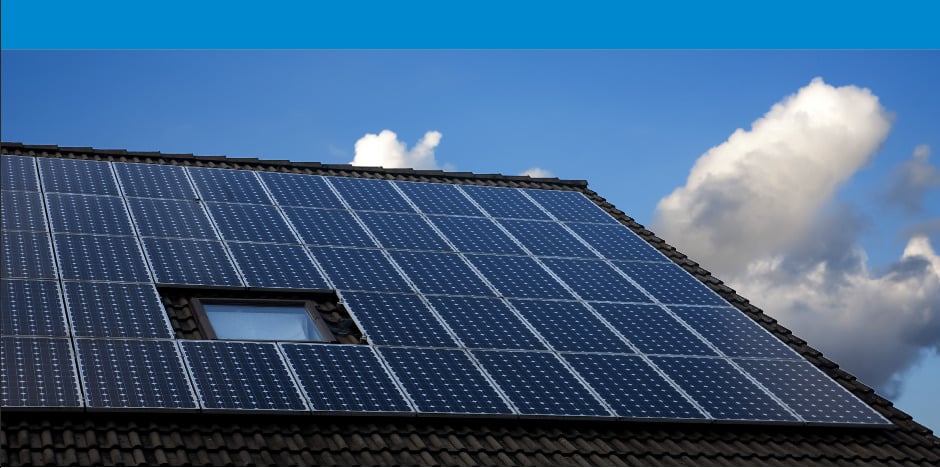
The Australian Energy Market Commission (AEMC) has progressed a consumer-focused pricing review that was brought forward due to increasing household rooftop solar PV installation rates.
On the release of the consultation paper, Anna Collyer, chair of the AEMC, highlighted that one in four Australians have solar PV and that the AEMC needs to “ensure our pricing frameworks keep pace with how consumers want to use and interact with the energy system”.
Unlock unlimited access for 12 whole months of distinctive global analysis
Photovoltaics International is now included.
- Regular insight and analysis of the industry’s biggest developments
- In-depth interviews with the industry’s leading figures
- Unlimited digital access to the PV Tech Power journal catalogue
- Unlimited digital access to the Photovoltaics International journal catalogue
- Access to more than 1,000 technical papers
- Discounts on Solar Media’s portfolio of events, in-person and virtual
High irradiance has led to a surge in rooftop solar PV installations in Australia, with the country boasting one of the highest rates per capita in the world. Indeed, rooftop solar PV could overtake coal-fired power by the end of the year, and a further 26.4GW could be added by the end of the decade, bringing the total to 49.4GW.
Because of this, consumer energy resources (CERs) have continued to be reviewed to determine how they could help facilitate the energy transition in Australia. The AEMC’s consultation into electricity pricing is another iteration of this.
Alongside rooftop solar PV, AEMC has highlighted other distributed technologies, including virtual power plants (VPPs) and neighbourhood batteries, as significant for the energy transition.
The consultation will have three focus areas. This includes market arrangements, the role of distribution networks and the role of retailers and energy service providers.
Specifically, the market arrangement pillar will examine options for consumers to choose between appropriate pricing structures, products, and services that suit their needs and preferences.
The distribution networks pillar will identify the appropriate incentives, products, and services for consumers while ensuring efficient cost and pricing outcomes. Meanwhile, retailers and energy service providers will focus on how they can effectively package and price electricity products and services to align with consumer preferences.
“We’re taking a future-focused approach in this review. While our current frameworks have served us well, we need to think beyond incremental changes to capture the opportunities that lie ahead,” Collyer said.
CERs under the spotlight in Australia
In late July 2024, the Australian Energy Market Commission (AEMC) introduced a new draft determination proposing to enable virtual power plants (VPPs) to compete directly with large-scale generators in the energy market. This would be achieved by enabling aggregated CERs to be scheduled and dispatchable in the NEM.
The AEMC cited that price-responsive small resources, such as backup generators and solar PV, could, therefore, respond to changes in spot prices. This would also contribute to a decentralised energy system.
Including CERs would result in cost savings of around AU$834 million (US$552.1 million) between 2027 and 2050 while also further incentivising the uptake of small-scale solar PV installations.
In other recent news, the Australian Renewable Energy Agency (ARENA) allocated AU$5.4 million to help create Australia’s first ‘net zero suburb’ in the 2515 postcode of New South Wales, dubbed the Electrify 2515 Community Pilot scheme. This will incorporate a range of technologies, such as rooftop solar PV, home batteries, water heaters and heat pumps, to create a low-carbon, electrified suburb in Northern Illawarra.
Brighte, the financial institution heading the project’s founder and CEO, Katherine McConnell, said the pilot would help policymakers understand how to bolster efforts to increase electrification.
“This project will allow us to learn locally so we can scale nationally, generating critical insights for consumers, tradespeople, industry and policymakers on how to rapidly and effectively scale electrification across Australia,” McConnell said.
“We’re excited about the role we can play to demonstrate the power of homes brought to their full potential, lighting a pathway for every Australian community to electrify more easily and fast-forward to a smart, electric future.”

